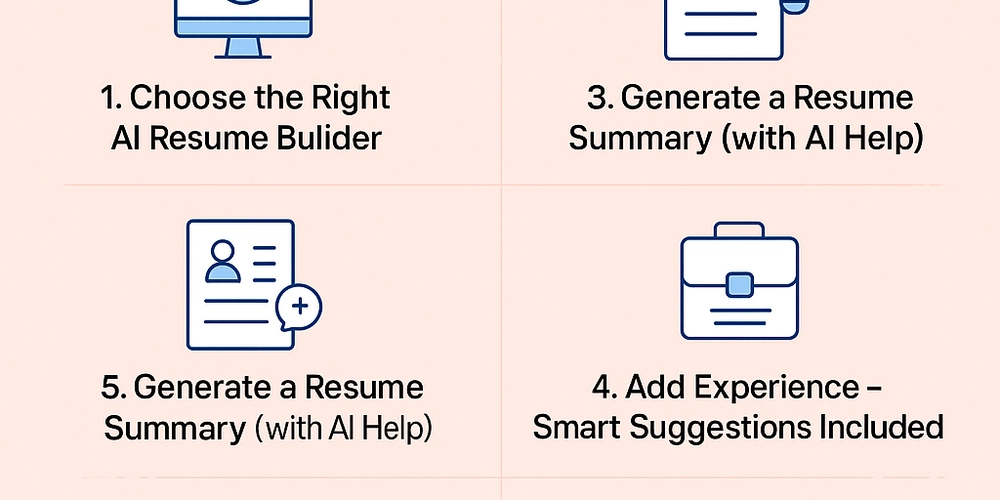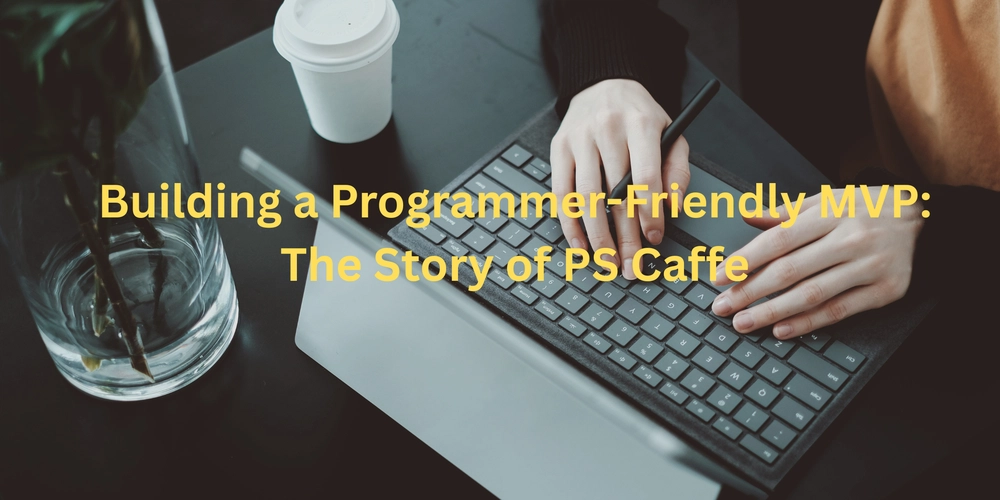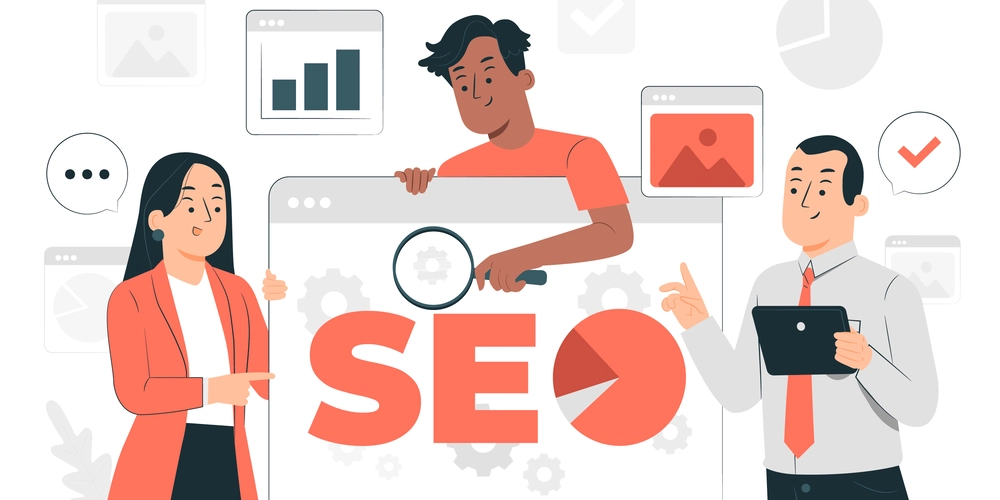The shift from talent intelligence to work intelligence
The Fast Company Impact Council is an invitation-only membership community of leaders, experts, executives, and entrepreneurs who share their insights with our audience. Members pay annual dues for access to peer learning, thought leadership opportunities, events and more. While talent intelligence platforms (TIPs) serve an important purpose in identifying skills, they are inherently limited and never designed to address the fundamental question: How is work itself structured and how is it changing? AI has dramatically magnified and accelerated those pre-existing limitations. It’s not just creating new skill gaps—it’s redefining work at its core. Yet most organizations are still trying to track skills like it’s 2020. In the next few decades, AI is projected to transform up to 70% of all job tasks across industries—not just by replacing work, but by fundamentally reshaping how work gets done, who does it, and what value it creates. Past technological shifts unfolded over decades; today’s agentic AI is reshaping entire industries in a matter of months. Work intelligence is the next evolution: a strategic, systems-level approach that moves beyond skills to decode how work itself is being restructured—task by task, role by role, organization by organization. Why TIPs were never the full solution Many companies have invested in TIPs—systems that identify emerging skills by analyzing job postings and creating “living taxonomies” to inform talent practices. While valuable as a first-generation approach, TIPs suffer from a fundamental limitation: They’re inherently reactive. By analyzing existing job postings and making projections, TIPs create a perpetual time lag. By the time organizations identify, develop, and deploy these skills, the landscape has already shifted. With AI changing jobs faster than companies can update talent strategies, organizations need to look beyond current skills to understand how work itself is being reimagined. Skills are changing because work is changing The rapid evolution of skills isn’t the root challenge—it’s a symptom of a deeper issue. AI has simply brought this issue to the forefront: Work itself is changing. Skills development remains important—but it must be anchored in a deeper understanding of how work is transforming. Organizations investing in skills programs haven’t wasted their efforts, but they need to evolve their approach to connect it with work redesign. Otherwise, even robust skills initiatives won’t deliver lasting value in an AI-transformed landscape. Failing to grasp how work is transforming leads to: Blind workforce decisions Hiring for roles that won’t exist Reskilling for skills that won’t matter next year Ignoring AI’s fundamental impact on work design Work intelligence is a smarter way to navigate AI disruption Work intelligence begins with a comprehensive understanding of the work itself—the outcomes, tasks, processes, and roles that drive business value. Advanced work intelligence systems can analyze work across industries and create a universal language of work that integrates with existing organizational structures. This deep understanding enables business leaders to: Eliminate redundancies across roles: Consolidating overlapping responsibilities into fewer roles can reduce coordination costs while creating more meaningful work. Identify AI automation opportunities: Work intelligence can pinpoint exactly which tasks are prime for automation, which tools can accomplish this, and how to reallocate remaining human tasks. Optimize end-to-end process flows: By analyzing entire workflows, leaders can redesign processes to leverage AI and human capabilities. In customer service, automating initial contact while routing complex inquiries to specialists might reduce process steps by 30%. Focus talent development strategically: Work intelligence anticipates the roles and skills emerging from these transformations before implementation. This enables proactive talent development that runs parallel to work redesign efforts. Organizations can build learning paths aligned with their future work design, ensuring investment in capabilities that drive business value while preparing employees for meaningful roles in advance of changes. The future of work design This approach creates a fundamentally different talent ecosystem where roles, skills, and capabilities evolve naturally from optimized work processes. While competitors struggle with isolated AI initiatives or broad automation targets, leaders with work intelligence can make precise, strategic decisions about where to invest in technology and human capabilities. Redesign work for the AI era What organizations face isn’t merely a skills problem—it’s a fundamental workforce capability challenge accelerated by AI transformation. The most successful organizations—those reengineering work

The Fast Company Impact Council is an invitation-only membership community of leaders, experts, executives, and entrepreneurs who share their insights with our audience. Members pay annual dues for access to peer learning, thought leadership opportunities, events and more.
While talent intelligence platforms (TIPs) serve an important purpose in identifying skills, they are inherently limited and never designed to address the fundamental question: How is work itself structured and how is it changing?
AI has dramatically magnified and accelerated those pre-existing limitations. It’s not just creating new skill gaps—it’s redefining work at its core. Yet most organizations are still trying to track skills like it’s 2020.
In the next few decades, AI is projected to transform up to 70% of all job tasks across industries—not just by replacing work, but by fundamentally reshaping how work gets done, who does it, and what value it creates.
Past technological shifts unfolded over decades; today’s agentic AI is reshaping entire industries in a matter of months.
Work intelligence is the next evolution: a strategic, systems-level approach that moves beyond skills to decode how work itself is being restructured—task by task, role by role, organization by organization.
Why TIPs were never the full solution
Many companies have invested in TIPs—systems that identify emerging skills by analyzing job postings and creating “living taxonomies” to inform talent practices. While valuable as a first-generation approach, TIPs suffer from a fundamental limitation: They’re inherently reactive.
By analyzing existing job postings and making projections, TIPs create a perpetual time lag. By the time organizations identify, develop, and deploy these skills, the landscape has already shifted. With AI changing jobs faster than companies can update talent strategies, organizations need to look beyond current skills to understand how work itself is being reimagined.
Skills are changing because work is changing
The rapid evolution of skills isn’t the root challenge—it’s a symptom of a deeper issue. AI has simply brought this issue to the forefront: Work itself is changing.
Skills development remains important—but it must be anchored in a deeper understanding of how work is transforming. Organizations investing in skills programs haven’t wasted their efforts, but they need to evolve their approach to connect it with work redesign. Otherwise, even robust skills initiatives won’t deliver lasting value in an AI-transformed landscape.
Failing to grasp how work is transforming leads to:
- Blind workforce decisions
- Hiring for roles that won’t exist
- Reskilling for skills that won’t matter next year
- Ignoring AI’s fundamental impact on work design
Work intelligence is a smarter way to navigate AI disruption
Work intelligence begins with a comprehensive understanding of the work itself—the outcomes, tasks, processes, and roles that drive business value.
Advanced work intelligence systems can analyze work across industries and create a universal language of work that integrates with existing organizational structures. This deep understanding enables business leaders to:
- Eliminate redundancies across roles: Consolidating overlapping responsibilities into fewer roles can reduce coordination costs while creating more meaningful work.
- Identify AI automation opportunities: Work intelligence can pinpoint exactly which tasks are prime for automation, which tools can accomplish this, and how to reallocate remaining human tasks.
- Optimize end-to-end process flows: By analyzing entire workflows, leaders can redesign processes to leverage AI and human capabilities. In customer service, automating initial contact while routing complex inquiries to specialists might reduce process steps by 30%.
- Focus talent development strategically: Work intelligence anticipates the roles and skills emerging from these transformations before implementation. This enables proactive talent development that runs parallel to work redesign efforts. Organizations can build learning paths aligned with their future work design, ensuring investment in capabilities that drive business value while preparing employees for meaningful roles in advance of changes.
The future of work design
This approach creates a fundamentally different talent ecosystem where roles, skills, and capabilities evolve naturally from optimized work processes. While competitors struggle with isolated AI initiatives or broad automation targets, leaders with work intelligence can make precise, strategic decisions about where to invest in technology and human capabilities.
Redesign work for the AI era
What organizations face isn’t merely a skills problem—it’s a fundamental workforce capability challenge accelerated by AI transformation.
The most successful organizations—those reengineering work with the future in mind—will be able to answer these critical questions:
- Which work should be done by humans versus AI?
- How should we reorganize roles and processes around these new capabilities?
- What truly human capabilities should we develop in our workforce?
- How can we create systems that continuously evolve as technology advances?
Transform your organization with work intelligence
Don’t wait for AI to disrupt your workforce. The competitive advantage gap is already widening between organizations that proactively redesign work and those that merely react to change.
Here’s how to start your work intelligence journey:
- Assessment: Begin with a rapid, data-driven assessment of your current work design using work intelligence tools that quickly identify high-value transformation opportunities.
- Pilot project: Select a high-impact process to redesign using work intelligence principles.
- Strategic roadmap: Develop a phased approach to implementing work intelligence across your organization, aligned with your broader business strategy.
- Capability building: Equip your leaders with the tools and mindsets to lead transformation through a work intelligence lens.
The market leaders of tomorrow aren’t just adapting to AI disruption—they’re actively harnessing it to reshape work, drive value, and create meaningful roles that maximize human potential.
Siobhan Savage is cofounder and CEO of Reejig. Amy Wilson is product strategy advisor at Reejig.




























![[Webinar] AI Is Already Inside Your SaaS Stack — Learn How to Prevent the Next Silent Breach](https://blogger.googleusercontent.com/img/b/R29vZ2xl/AVvXsEiOWn65wd33dg2uO99NrtKbpYLfcepwOLidQDMls0HXKlA91k6HURluRA4WXgJRAZldEe1VReMQZyyYt1PgnoAn5JPpILsWlXIzmrBSs_TBoyPwO7hZrWouBg2-O3mdeoeSGY-l9_bsZB7vbpKjTSvG93zNytjxgTaMPqo9iq9Z5pGa05CJOs9uXpwHFT4/s1600/ai-cyber.jpg?#)













































































































































![[The AI Show Episode 144]: ChatGPT’s New Memory, Shopify CEO’s Leaked “AI First” Memo, Google Cloud Next Releases, o3 and o4-mini Coming Soon & Llama 4’s Rocky Launch](https://www.marketingaiinstitute.com/hubfs/ep%20144%20cover.png)




































































































































































































![Rogue Company Elite tier list of best characters [April 2025]](https://media.pocketgamer.com/artwork/na-33136-1657102075/rogue-company-ios-android-tier-cover.jpg?#)








































































_Andreas_Prott_Alamy.jpg?width=1280&auto=webp&quality=80&disable=upscale#)




























































































![What’s new in Android’s April 2025 Google System Updates [U: 4/18]](https://i0.wp.com/9to5google.com/wp-content/uploads/sites/4/2025/01/google-play-services-3.jpg?resize=1200%2C628&quality=82&strip=all&ssl=1)










![Apple Watch Series 10 Back On Sale for $299! [Lowest Price Ever]](https://www.iclarified.com/images/news/96657/96657/96657-640.jpg)
![EU Postpones Apple App Store Fines Amid Tariff Negotiations [Report]](https://www.iclarified.com/images/news/97068/97068/97068-640.jpg)
![Apple Slips to Fifth in China's Smartphone Market with 9% Decline [Report]](https://www.iclarified.com/images/news/97065/97065/97065-640.jpg)


































































































































